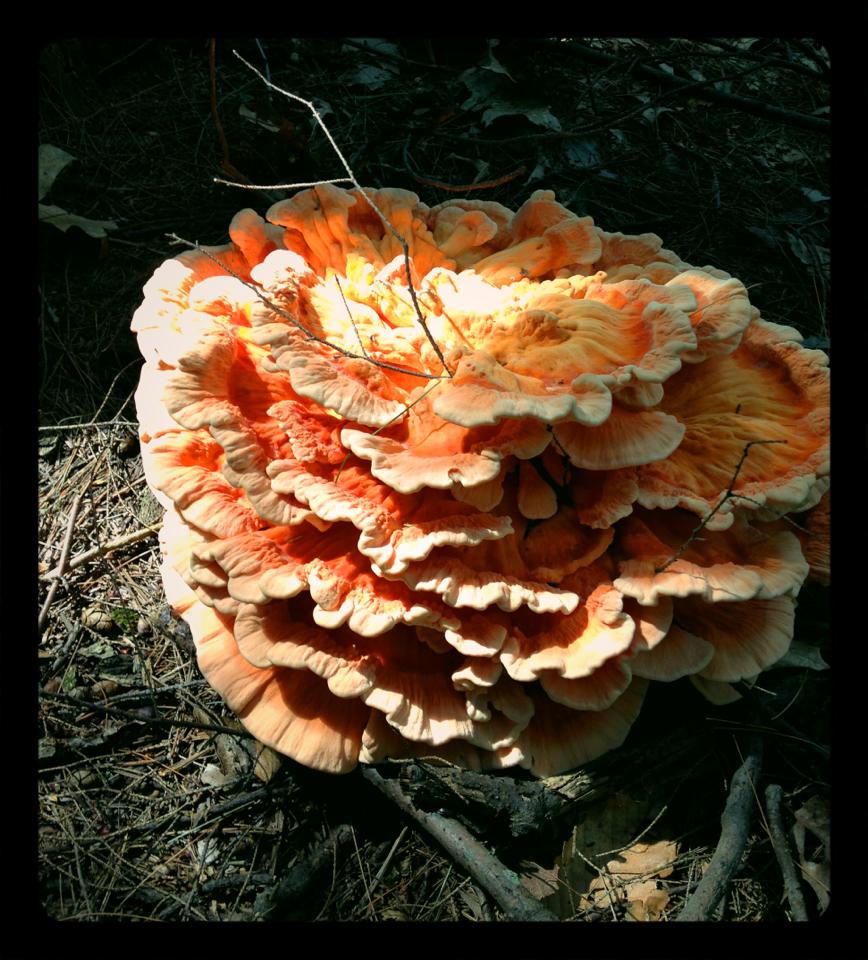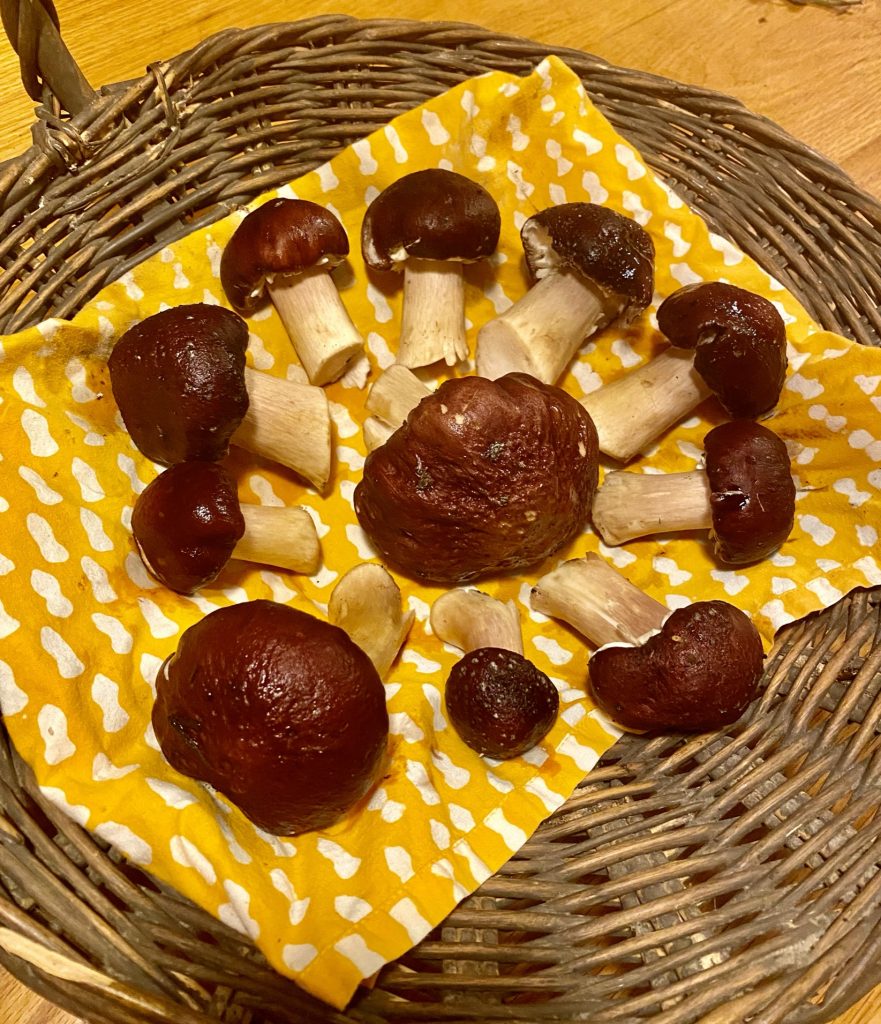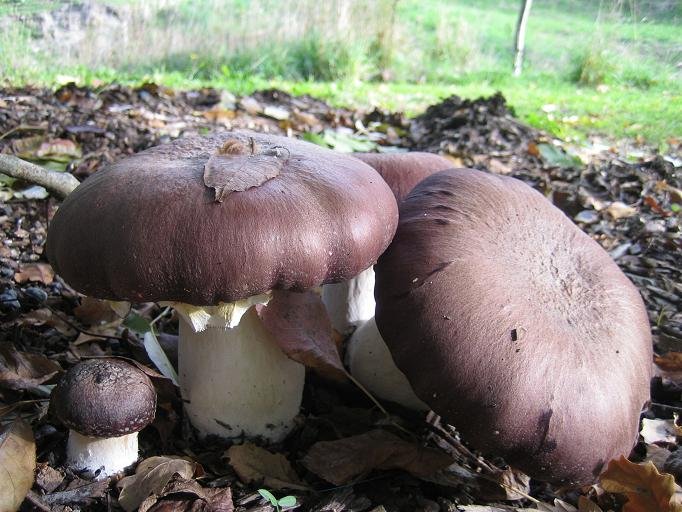The Mushroom Kingdom
Mushrooms are a part of the kingdom of fungi which is known to include more than 2 million species of organisms (scientists estimate upwards of 23 million species of fungi have yet to be discovered!). Of those, some 600,000 species of fungi produce mushrooms—a third of which are known to be edible. Since the dawn of agriculture, 260 species of mushrooms have seen a documented history of cultivation. However, only seven have been widely produced on a commercial scale in modern times.
Mushrooms (and all fungi) were once categorized as plants, until it was discovered they are in fact incapable of photosynthesis—the process by which plants convert sunlight into food. Instead, they absorb their nutrients from organic substances such as wood.
Categories of Mushrooms
There are four types of mushrooms:
- Parasitic: These mushrooms live in or on other organisms including both plants and animals, and feed on nutrients from their hosts. Using exoenzymes to break down living tissue, parasitic mushrooms may cause illnesses in their host. Example: Reishi mushrooms (Ganoderma spp.).
- Saprophytes: Saprophytes eat wood. They can digest and degrade ligning (the hardening agent found in wood) and cellulose, which forms the structure of cell walls in plants. Some examples include: Oyster mushrooms (Pleurotus spp.), King stropharia (Stropharia rugoso-annulata), Woodear a.k.a. Pepeiao (Auricularia cornea), Turkey Tails (Trametes versicolor).
- Mycorrhyzal: Mycorrhyzal mushrooms live in the soil and create beneficial, symbiotic relationships with plant roots and the surrounding soil environment. Examples include: Truffles (Tuber spp.), Morels (Morchella spp.), Chantrelles (Cantharellus spp.).
- Endophytic: These fungi live inside plant cell walls. It was recently discovered that more than half of most plant cells are actually fungal endophytic cells.
Saprophytes: Easy to Cultivate
Saprophytes are the preferred choice for growing edible and medicinal mushrooms. They are easy to grow, and there is an abundance of woody material (on which they feed), especially in the tropics. Much of the wood found in the tropics includes exotic plants that are problematic to native species.
Growing Mushrooms on Logs

Example of mushrooms that grow on logs: Shiitake (Lentinula edodes).
Logs are easy to procure and have the advantage of being able to control the fruiting time of the mushrooms you inoculate them with. Follow these steps for success:
- Choose the right log. It is important to pair mushroom mycelium with a wood type it likes to eat, or it won’t grow. Wood from non-fruiting trees tends to yield more productively than wood from fruit trees.
- Preparation. Logs are best chopped into 4-8” diameter cuts, approximately 3 feet long at most. It is best to wait two weeks after cutting them from the tree before inoculating them with mycelium. Tree wood contains anti-fungal compounds that must break down within this time period. Don’t wait longer than a month to inoculate; other fungi will start to grow on the wood and out-compete any mycelium you try to introduce.
- Inoculation. There are many ways of inoculating (or “positively infecting”) logs with an appropriate fungus:
- Drill holes into a log and insert the appropriate mycelium.
- The sandwich method: Cut a 3-foot-long log in half and place the mycelium at the cut point. Join the cuts back together, end on end, and use a device to hold them together (such as a leather strap affixed by nails).
- The log-wedge technique: Make a v-shaped cut at the center of a log and insert the mycelium at the cut point. Place the v-cut on top, point facing down so it stays in place.
- Bury a log half-way into the soil for a period of time and mushrooms will naturally fruit (Reishi, for example).
- Hydrate. Keep the log(s) hydrated. Hose it down once every 3 to 4 days. Never let it go longer than a week without water. Mycelium is very sensitive to dehydration.
- Fruiting. There are various methods to induce mushrooms to fruit from a log substrate at a specific time. It’s best to allow the logs to become colonized by your preferred mycelium for at least six months (usually longer) so they consume as much of the woody material as possible.
Growing Mushrooms on Stumps

Examples of mushrooms that grow on stumps: Lion’s Mane mushrooms (Hericium erinaceus), Chicken of the Woods (Laetiporus sulphureus).
Stumps in the ground provide a larger volume of wood for saprophytes to flourish compared with logs due to an abundance of below-ground woody material (including roots). Stumps inoculated with mushrooms can yield fungi growth for more than ten years, compared to 3-5 years for mushrooms grown on individual logs. However, you can’t control the fruiting time of mushrooms grown on stumps. Follow these steps to prepare and inoculate a stump:
- Creating a stump. Once you have cut a tree, you must girdle it at least 18” in height, as close to the ground as possible. (Girdling involves removing the bark from the tree in a full circle around the base. This will prevent it from moving nutrients up and down the trunk.) Wait two full weeks before inoculating the stump with an appropriate mushroom mycelium.
- Inoculation. Drilling, and the sandwich and wedge techniques (as described under logs) also work on stumps.
- Shade. Keep the stump in a shaded environment. If no immediate shade exists, introduce fast-growing plants near the stump that can block out direct sunlight (e.g. sunflowers, Egyptian river hemp, ginger plants).
Growing Mushrooms on Wood Chips

Example of mushrooms that grow on wood chips: King stropharia (Stropharia rugoso-annulata).
King stropharia is the preferred mycelium to grow on wood chips. It is a versatile mushroom that can be grown at any elevation. King stropharia can grow as large as a safari hat, which earns it the alternative name of Garden Giant.
- Preparation. Many species of wood can be used to feed King stropharia mushrooms (there are some exceptions). It is best to use wood chips that are at least two weeks old. But the older, the better, as this mushroom flourishes well on older wood. Scatter the wood chips in a garden bed alongside other vegetables and add a layer of soil on top.
- Inoculation. Mix the mycelium thoroughly at a ratio of five parts wood chips to one part mushrooms. Add water. Using highly decomposed mulch will also work to feed King stropharia. Once fruiting, the mushrooms will support the well-being of its neighboring plants.
- Continuation. King stropharia is a self-perpetuating mushroom—continue feeding it with wood chips and you should have a fruiting patch well into the future.
Happy growing!
Want to learn more about growing mushrooms? Join an upcoming class with Ola Design Group and get hands-on experience cultivating wood-eating fungus for both edible and medicinal purposes.

